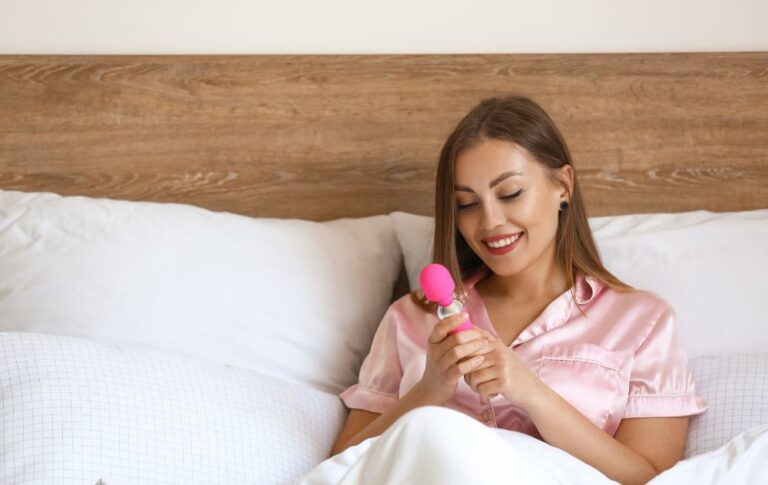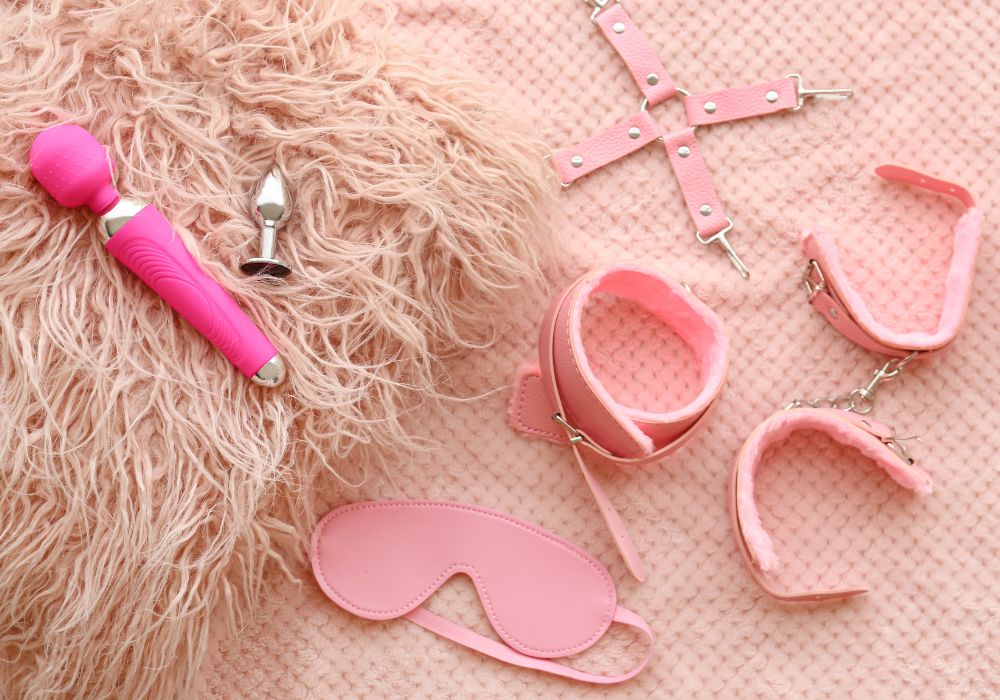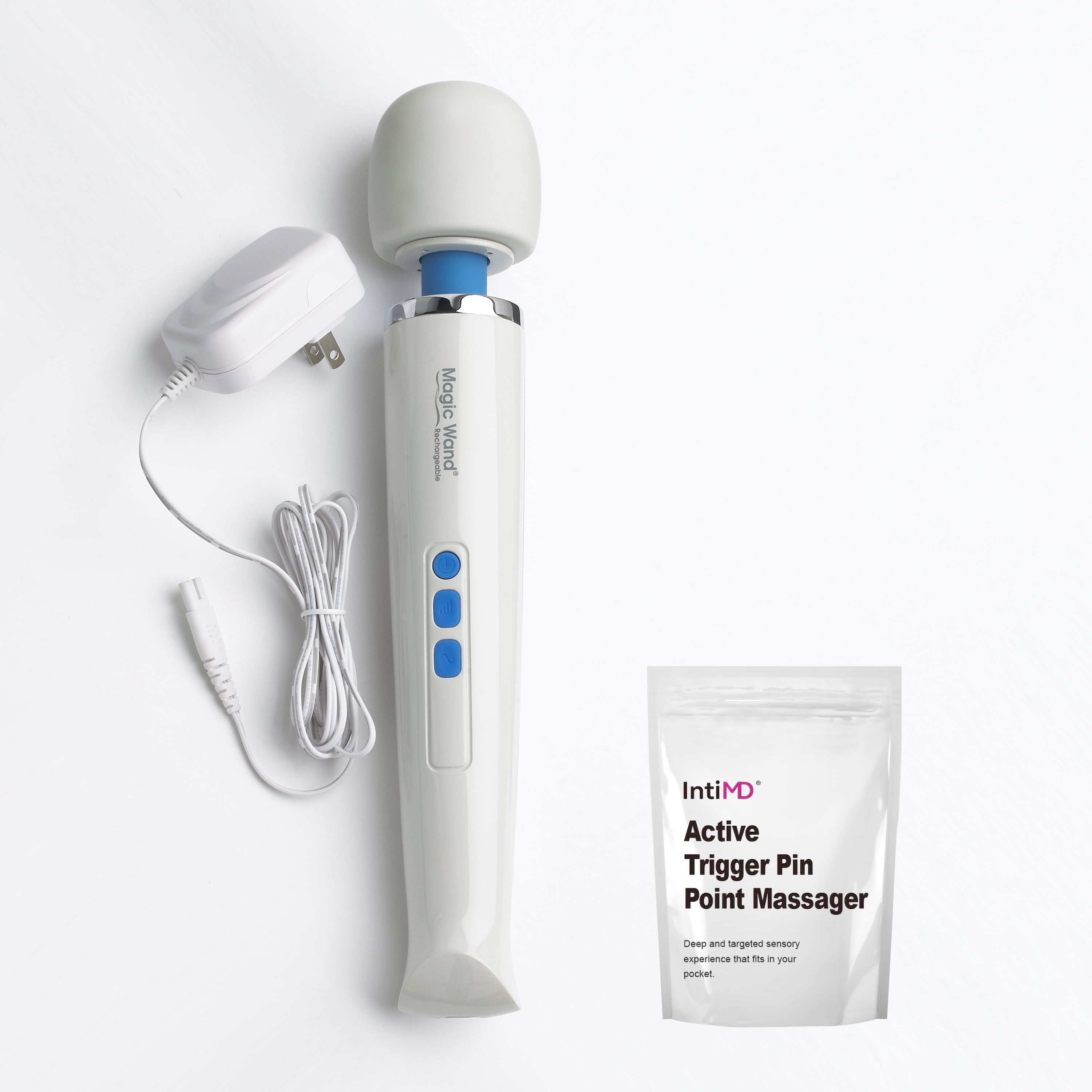How To Use A Personal Massager

Imagine this: the day's tension is a tightly wound knot in your shoulders. Your neck is stiff, protesting every turn. The promise of relief shimmers, not from an expensive spa, but from a device nestled in your own drawer: your personal massager.
This guide demystifies the use of personal massagers, turning them from intimidating gadgets into tools for everyday well-being. We'll explore various types, techniques, and safety tips to unlock their potential for relaxation and pain relief. It's about empowering you to take control of your physical comfort at home.
The Rise of Personal Massage
The concept of massage for therapeutic purposes isn't new. Ancient civilizations, including the Egyptians and Chinese, practiced massage to heal ailments and promote wellness. However, the accessibility of massage shifted dramatically with the advent of personal massagers.
Early versions were often bulky and less refined. Today, technology has miniaturized and enhanced these devices, creating a diverse market to suit varied needs and preferences. From percussive massagers resembling power tools to gentle, vibrating wands, the options are extensive.
Understanding the Types of Personal Massagers
Navigating the world of personal massagers can feel overwhelming. Each type offers a distinct approach to muscle relaxation and pain relief. Let's break down some of the most popular options.
Percussion Massagers
These massagers deliver rapid, targeted bursts of pressure to deep tissue. Think of them as a high-powered drill targeting specific knots. They are often favored by athletes for post-workout recovery and by those seeking relief from chronic muscle pain.
Brands like Theragun and Hypervolt have popularized this category. They offer adjustable speeds and interchangeable heads to customize the intensity and focus of the massage.
Vibration Massagers
Unlike percussive massagers, vibration massagers utilize continuous, oscillating motions. These are generally gentler, making them suitable for broader areas and sensitive users. They can improve circulation and ease muscle tension.
They come in various forms, from handheld wands to cushions designed for chairs. Vibration massagers are a good starting point for those new to personal massage. They provide a less intense, but still effective, way to alleviate everyday stress.
Rolling Massagers
Rolling massagers, as the name suggests, employ rotating balls or rollers to knead muscles. These are common in neck and back massagers, often incorporated into chair pads or handheld devices.
The rolling action mimics the hands of a massage therapist. It offers a deeper, more sustained pressure. They are effective for targeting specific muscle groups along the spine and neck.
Shiatsu Massagers
Shiatsu, a Japanese massage technique, involves applying pressure to specific points on the body. Shiatsu massagers often incorporate nodes that mimic the finger pressure of a therapist.
These are popular for targeting acupressure points to relieve tension and promote relaxation. They often feature heat, which can further enhance the therapeutic effect.
Techniques for Effective Use
Simply owning a personal massager isn't enough. Knowing how to use it correctly is essential for maximizing its benefits and preventing injury. Here are some key techniques to keep in mind.
Start Slowly and Gradually Increase Intensity
Begin with the lowest setting and gradually increase the intensity as needed. Allow your muscles to adjust to the sensation. Rushing into high intensity can lead to discomfort or even injury.
Listen to your body. If you experience any pain, stop immediately and adjust the settings or technique.
Focus on Muscle Groups, Not Bones
Direct the massager towards the muscles you want to target. Avoid applying pressure directly to bones or joints. This can be painful and potentially harmful.
Think about the muscle you're trying to relax. Visualize the tension melting away as you gently move the massager across the area.
Use Circular Motions and Long Strokes
Employ circular motions or long strokes along the muscle fibers. This helps to distribute the pressure evenly and promote circulation. Avoid staying in one spot for too long, as this can cause irritation.
Experiment with different techniques to find what works best for you. Some people prefer small, concentrated circles, while others find long, sweeping strokes more effective.
Keep it Brief
Limit massage sessions to 15-20 minutes per area. Overdoing it can lead to muscle soreness or inflammation. It is often best to use massagers in multiple short sessions.
Pay attention to your body's signals. Even if you feel good, it's important to give your muscles a break. This prevents overstimulation and allows them to recover.
Incorporate Heat (If Available)
If your massager has a heat function, use it to enhance the relaxation process. Heat helps to loosen muscles and increase blood flow. But make sure the heat is not too high.
Be cautious if you have any underlying health conditions that are sensitive to heat. Consult with your doctor if you are unsure.
Safety Precautions
While personal massagers are generally safe, it's crucial to take precautions to avoid injury. Here are some important safety guidelines to follow.
Consult Your Doctor if You Have Underlying Health Conditions
If you have any underlying health conditions, such as diabetes, circulatory problems, or skin sensitivities, consult your doctor before using a personal massager. Certain conditions may be contraindicated.
Pregnancy also warrants consultation. Certain massage techniques may not be safe during pregnancy.
Avoid Using on Inflamed or Injured Areas
Do not use a massager on areas that are inflamed, injured, or have open wounds. Massaging these areas can worsen the condition and delay healing.
Wait until the injury has healed before resuming massage. Start with gentle techniques and gradually increase the intensity.
Be Mindful of Pressure
Avoid applying excessive pressure. Remember that the goal is to relax the muscles, not to cause pain. If you experience any sharp or shooting pain, stop immediately.
Err on the side of caution. It's better to start with too little pressure than too much.
Keep Away from Water
Most personal massagers are not waterproof. Keep them away from water and other liquids to avoid electric shock. Always unplug the device before cleaning it.
Follow the manufacturer's instructions for cleaning and maintenance. This will ensure the longevity of your massager and prevent potential hazards.
Beyond Physical Relief: The Holistic Benefits
The benefits of personal massage extend beyond physical relief. Regular use can contribute to overall well-being, impacting both your physical and mental health. Massage can ease the release of endorphins and the overall sense of calm.
Reduced stress and improved sleep are often reported as secondary benefits. By easing muscle tension, massage promotes relaxation and creates a more conducive environment for sleep.
The act of taking time for self-care, even just 15 minutes a day, can be incredibly empowering. It signals that you prioritize your well-being and are committed to managing stress and pain.
Choosing the Right Massager for You
With such a wide variety of personal massagers available, selecting the right one can be daunting. Consider your individual needs, preferences, and budget when making your decision. Do you need deep relief or light relaxation?
Read reviews and compare features before making a purchase. Don't be afraid to ask for recommendations from friends or healthcare professionals. A small investment may bring huge relief.
Integrating Massage into Your Routine
The key to reaping the benefits of personal massage is consistency. Incorporate it into your daily or weekly routine to manage stress, alleviate pain, and improve overall well-being.
Perhaps you use it before bed to relax your muscles and promote restful sleep. Or maybe you use it after a workout to aid in muscle recovery. Whatever your routine, make it a priority.
Like any wellness practice, the effectiveness of personal massage lies in its consistent application. When used thoughtfully and safely, a personal massager can become a valuable tool in your self-care arsenal.


















